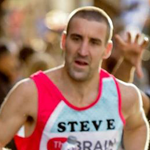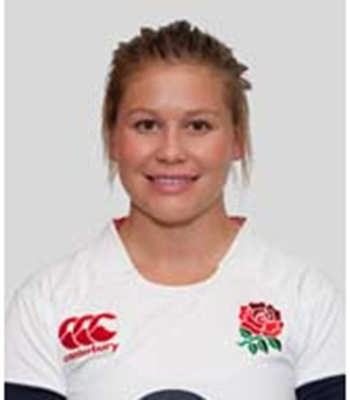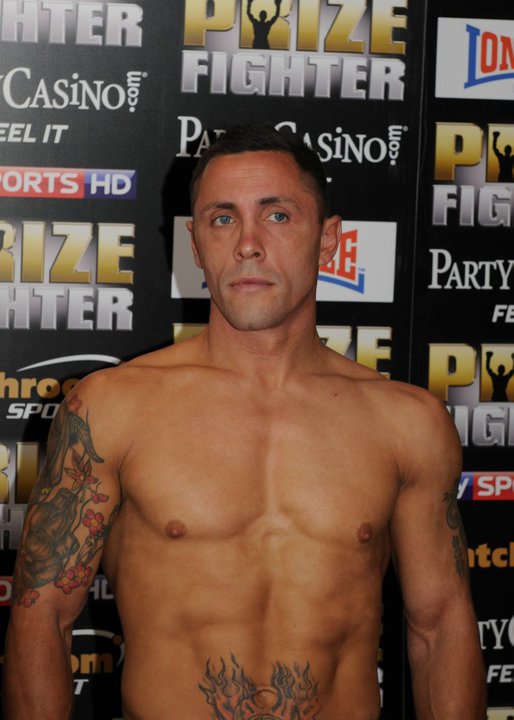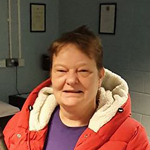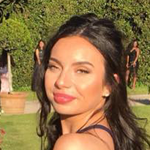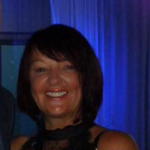Neck, Spine & Back
Injuries
Neck, spine or back pain can make day to day life and its activities extremely uncomfortable. Even performing tasks like driving the car, getting out of bed and turning your head can be painful and impact on your wellbeing. Fortunately the majority of conditions can be greatly improved with manual therapy and rehabilitation. Often these complaints arise from poor posture, muscle tightness, imbalance and compensation for weak inactive muscles. All of which can be treated with manual therapy.

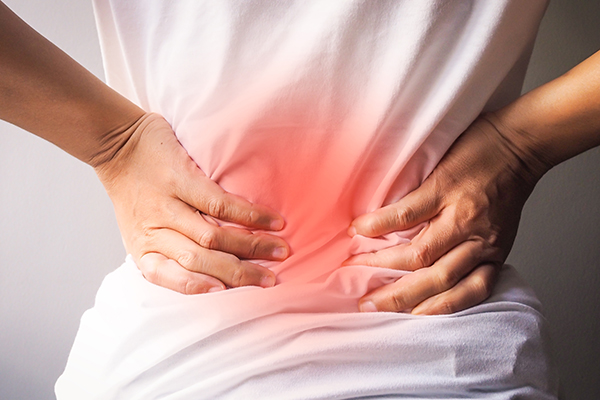
Common treatable conditions include:
– Neck Strains
– Whiplash
– Cervical Radiculopathy
– Herniated Disc & Sciatica
Neck strains occur when muscles or tendons in the neck become stretched beyond their natural length, causing trauma to these fibres. One common injury to this area is whiplash which typically results from a rapid jolting of the head such as in an impact from playing sport or a car crash. This may cause a sprain to the ligaments as well as a strain, although treatment is the same. Please be aware if your whiplash was caused by forceful blow to the body or head and you have symptoms such as confusions, dizziness, nausea and excessive tiredness, it would be prudent to assess for concussion.
Symptoms of neck strain and whiplash may include:
- Pain, stiffness and decreased movement in the neck
- Pain and discomfort when trying to look over your shoulder
- Headaches
- Tenderness
- Pain and muscle spasm in the shoulders
Cervical Radiculopathy occurs when nerves in the Cervical (neck) region of the spine become damaged or inflamed. This can often occur as a result of inflammation caused by a bone spur or a herniated disc. The nerves in the Cervical region branch out and control the muscles in the fingers, hands, arms and shoulder. Therefore this condition may cause the following symptoms:
- Numbness in the fingers, hands, arms or shoulders
- Weakness in the fingers, hands, arms or shoulders
- Tingling in the fingers, hands, arms or shoulders
- Loss of co-ordination in the fingers, hands, arms or shoulders
Treatment of this condition involves traction of the Cervical region to relieve tension with gentle massage to the neck muscles and around the shoulder blades to release tight structures. Postural education and strengthening exercises are also utilised to prevent recurrence of injury. Range of movement exercises are also beneficial to enable a return to normal movement.
Upper Cross Syndrome is characterised by a person having a tight upper back (upper trapezius and levator scapulae) and chest, whilst having weak mid back (rhomboids, serratus anterior, mid and lower trapezius) and deep neck flexors. This condition is thought to be caused by incorrect repetitive movements and poor posture, which promotes a head forward position, often affecting those who work at a desk all day. Other factors such as age related de-generation which affects the Cervical spine also contributes to the symptoms. This faulty alignment leads to the following symptoms:
- Breathing Difficulties
- Fatigue
- Jaw Pain
- Neck Pain
- Headache
- Pain in the Upper Back & Shoulders
Between each vertebrae of the spine there is a disc of cartilage which provides shock absorption for the back. In the case of a herniated lumbar disc (also referred to as a slipped or prolapsed disc) the contents of the jelly-like centre of the disc protrude, putting pressure on the sciatic nerve root close to the spine. This pressure on the nerve causes pain which radiates and /or shoots down through the lower back, buttocks and legs. The symptoms are:
- Lower back pain
- Hip pain
- Buttock pain
- Pain in back of legs
- Burning or tingling down the legs
- Shooting pain making standing difficult
- Weakness, numbness or difficulty moving the foot.
To treat this condition our therapists may use electrotherapy to help reduce the pain and inflammation associated with Sciatica. Soft tissue, manual techniques including massage, nerve sliders, soft tissue release will be performed with the integration of spinal extension exercises such as McKenzie extensions. Rehabilitation will assess muscle length in all of the related musculature and we will use a corrective exercise program to address any deficiencies in strength and flexibility.
Lower Cross Syndrome is a condition characterised by a person having tight hip flexors and lower back, combined with weak gluteal and abdominal muscles. It can occur often as a result of poor posture, prolonged sitting, driving and a lack of strength and flexibility in the areas mentioned above. This condition causes the pelvis to anteriorly tilt (downwards) which can lead to an excessive arch in the back (Lordosis). Symptoms of this conditions include:
- Forward / downward tilted pelvis
- Back pain and discomfort
- Inhibited walking gait
- Poor range of movement
- Appearance of swayback, abnormally arched back
The approach to treatment which is very affective for this condition is to relax and lengthen the tight overactive muscles using soft tissue release, massage, muscle energy techniques and flexibility exercises. It is equally important to work on the muscles which are weak and inhibited through a program of corrective exercise, prescribed by your sports rehabilitator
